
Are you familiar with the cooperative principle? In simple terms, this is an important linguistic concept suggesting that each stated word in a conversation is intended to be as informative and concise as possible.
Still, it seems that clarity and efficiency are not at the heart of each term in the English language. It appears that the inventors of some words never got the memo about the cooperative principle, and the terms they coined breed more confusion than understanding. Here are numerous examples of such misleading misnomers.
Whoever named these objects must have seriously run out of imagination!

You know that icky feeling you get when you accidentally hit the back of your elbow? That spot is called the funny bone, even though the unpleasant sensation is not funny, nor is it triggered by a bone. The irritating feeling is caused by the ulnar nerve that runs along the humerus bone - and not the bone itself. Hence, the connections to humor and bones are tangential at best.
The Oxford English Dictionary suggests the name funny bone stems from the similarity of humerus and humorous. So, this term was born as a result of confusion upon confusion upon confusion…
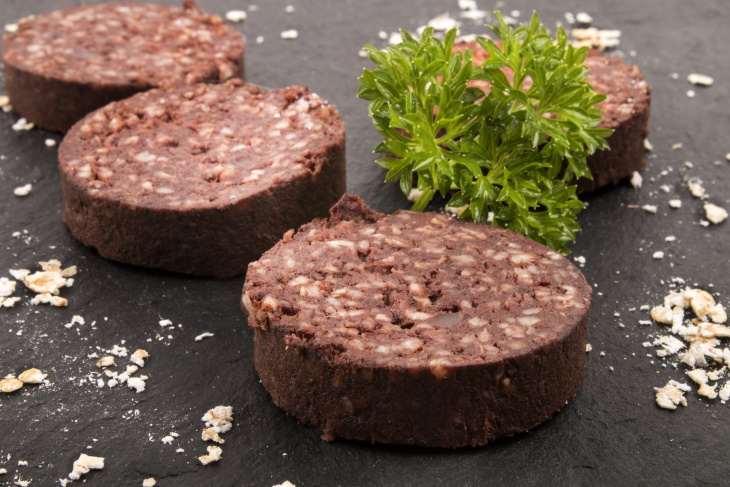
It’s easy to imagine a delicious chocolate dessert with this name, but don’t let the name lead you astray. This Irish dish is no dessert. It’s a type of blood sausage made of a mixture of pigs’ blood, lard, ground oatmeal, and spices stuffed inside a casing. The dish is often served as part of the famous English breakfast.
You’ll also find other kinds of sausage sold under the name pudding across the UK and Ireland, such as white pudding or red pudding. So the next time you’re in these parts of the world, double-check that the dessert you think you ordered is, in fact, not a type of sausage.

Just like their monochromatic namesake, red pandas are fluffy and adorable, and they live on trees in central China. They are also known to munch on bamboo, at times, so we can understand the roots of this misnomer.
That being said, these arboreal mammals are more closely related to raccoons than they are to panda bears. Like raccoons, red pandas are omnivores. Also, they have striped bushy tails and a “mask” around their eyes. All of these characteristics will help you associate red pandas with their real relatives in the Mustelidae family, among which are raccoons, weasels, and skunks.

Whenever we hear of a terrible plane crash or malfunctions on airplanes, the term black box is inadvertently brought up. As you may know, this is a recording device installed on every aircraft. The black box collects all sorts of important data about the airplane, and it is constructed in a way that makes it very difficult to destroy. This makes the recorded information accessible to experts and authorities whenever required.
The confusing part is that these so-called “black” boxes are not black at all. They are painted in a bright orange color, which makes them easier to find.

Here’s another culinary conundrum! What is the name of a breakfast dish made of a slice of stale bread dipped in a mixture of egg and milk? Today, we usually call it French toast, but recipes from the past refer to this very dish as Spanish toast or even German toast. And in France, people call this dish pain perdu, meaning “lost bread.” So, where is this breakfast really from?
No one knows the precise origins of French toast, but one thing is certain: there’s nothing French in this delicious and simple breakfast. In fact, the recipe seems to be older than the foundation of France itself. Historians found recipes for “French toast” that go back to the Middle Ages. Meanwhile, the first recipe books that start referring to this dish as French toast are published much later - around the 1870s.

Now here’s one scientific misnomer that continues spreading misinformation everywhere - from kindergartens and crossword puzzles to universities. The term dinosaur consists of two Greek words: deinos meaning “terrible” and sauros, or “lizard. Still, these “terrible lizards” that once ruled the planet have very little in common with modern reptiles.
Paleontologists point out that dinos are more closely related to modern birds than lizards. Unfortunately, it’s probably too late to rename these ancient animals now.

Here’s a question that emphasizes the absurdity of this toponym. Which of these two countries is greener - Iceland or Greenland? Logic and common sense won’t help you deduce the answer to this one, as of the two, Iceland is much greener.
Despite its name, Greenland is almost completely covered by ice. The Greenland Ice Sheet takes up a whopping 1.7 million square kilometers of ice - 80% of the country’s total area.
Related Article: 12 Misnomers That Have Been Fooling Us All Our Lives

Let’s dive into the fascinating world of marine misnomers! We’re sure you’re aware that seahorses are not related to horses, and sea cucumbers are not a kind of cucumber. The two animals that cause the most confusion among kids and adults alike are starfish and jellyfish. Neither of the two is a type of fish. As a matter of fact, both of these animals are more distantly related to fish than humans.
Starfish are echinoderms - invertebrates related to sea urchins and sea cucumbers. Jellyfish, meanwhile, belong to an even more ancient animal phylum called cnidarians. These gelatinous and often poisonous animals are relatives of corals, sea anemones, and sea fans.

We’ve reached one of the most divisive topics in modern culture - whether or not putting pineapple on pizza is a good idea. If you belong to the category of people who love pineapple pizza, you may be tempted to thank Hawaii for the unusual combination of savory and sweet flavors. And this would be a mistake. That’s because the so-called Hawaiian pizza originated some 6,000 km (3,700 miles) away from the Pacific archipelago - in Canada.
Panopoulos, the owner of the pizzeria that invented the Hawaiian pizza, reportedly said it was named after the brand of canned pineapple used in the original recipe. The more you know!
Related Article: These 10 Famous Food Items Have Unexpected Origin Stories
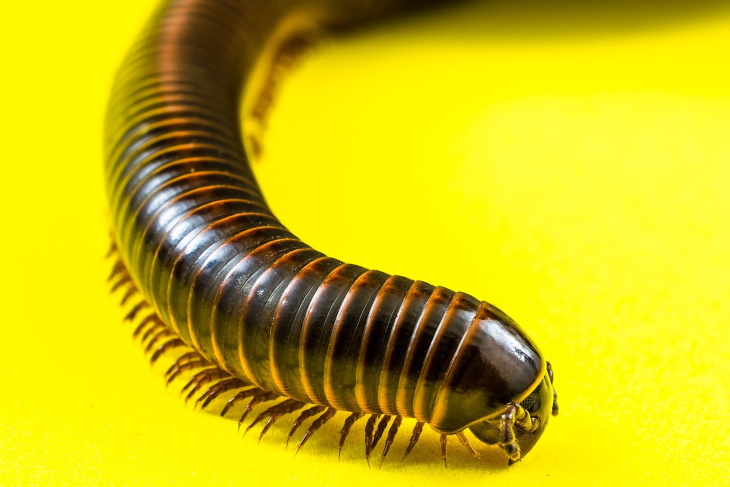
If you were to trust the Latin name, the centipede ought to have 100 feet, and the millipede should have at least 1,000. And we get it, any number of creepy insect legs exceeding eight seems like a million to us too… But when you really pull out the calculators and start counting, things quickly become more nuanced.
Centipedes can have anywhere from thirty to 354 legs. The number of legs depends on the number of segments in the arthropod’s body. Each segment of the centipede has a pair of legs. Fun fact - the number of these segments can only be odd, so no species of centipede actually has 100 legs.
As for the millipedes, they have four pairs of legs per segment. Most species of millipede have between 24 and 750 legs.

For millennia, physicists have been searching for an indivisible unit of matter that would still retain the natural properties of a chemical element. The Greek philosophers Leucippus and Democritus would call it an atom, which means “indivisible” or “uncuttable” in Greek. And in the 19th century, the physicist John Dalton seemed to have found the elusive particle.
Dalton noticed that certain chemical elements merged with each other in specific proportions to form different materials. He decided to call these basic units of weight atoms.
A century later, scientists found even smaller particles, such as neutrons and electrons, proving that Dalton's atoms were not really indivisible. Still, the term had stuck, even though it lost its original intended meaning.
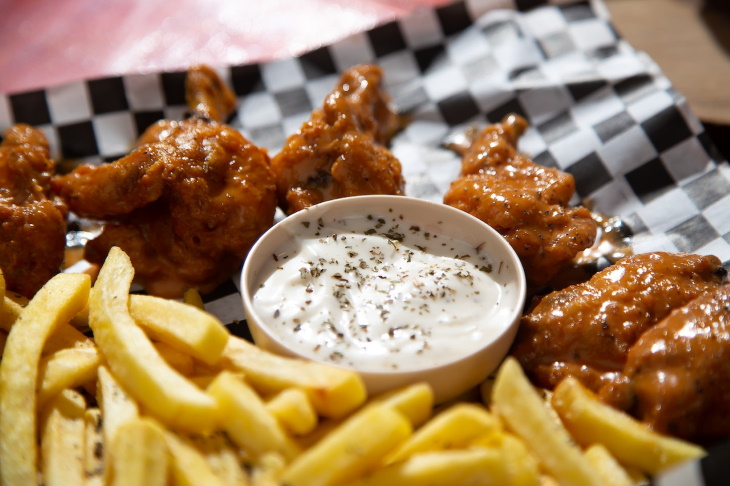
Why would anyone name fried chicken after a buffalo? It looks and tastes nothing like American bison… That’s because the buffalo in “buffalo wing” refers to the city and not the animal. This is why you sometimes see the dish capitalized - Buffalo wings.
Buffalo, New York, is a city not far away from Niagara Falls. It also happens to be the birthplace of buffalo wings. A family restaurant in the city has been serving these spicy, crunchy chicken wings with a blue cheese dressing since 1964.
Fun fact: the city itself is also a misnomer of sorts because the large bison never lived in this part of the country.
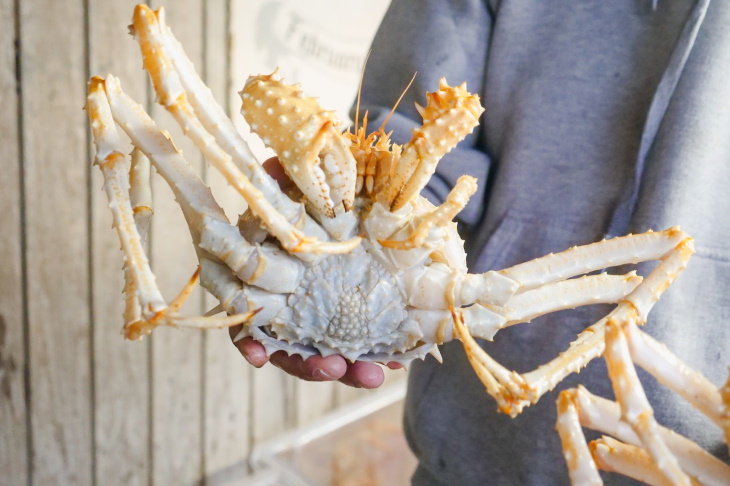
King crabs are enormous arthropods that prefer to live in cold waters. These massive creatures have a leg span equal to the height of an adult human and weigh more than 11 pounds! So, they may as well be the kings of arthropods size-wise, but crabs - not so much…
In fact, biologists sometimes refer to these animals as false crabs. King crabs are more closely related to hermit crabs, and the latter have soft bellies, unlike true crabs that have fully armored bodies. You can pinpoint the resemblance between king crabs and hermit crabs by noticing the asymmetry of the king crab's abdomen. In both animals, one claw is always bigger than the other.

The world of botanical taxonomy is strange and mysterious. Take three foods that we all call and think of as nuts: coconuts, peanuts, and walnuts. Which of these three are true nuts? Make your guess.
This was a trick question. The answer is “none of the above.”
Peanuts are not nuts, they’re technically legumes, so at least they’re related to peas.
Coconuts and walnuts are not nuts either. They’re drupes, which are fleshy fruits with a hard shell and a seed inside. Other examples of drupes are olives, coffee beans, and dates.

Here’s one confusing term straight out of the tech world. As you’re surely aware, your desktop PC consists of several components: the motherboard, the casing, the RAM, the optical drive, the power supply, and the hard drive. The confusing bit is that the hard drive itself, a single component of the PC, is often mistakenly used to refer to the entire computer.
As you imagine, this can lead to quite a bit of confusion. If you tell your internet technician that your hard drive failed to boot, the professional will target this specific component, even though what you really meant to say is, “My computer failed to boot.” In the case of the latter, there could be a much wider range of issues that you’re dealing with - any of the above-listed components of the system could be malfunctioning.
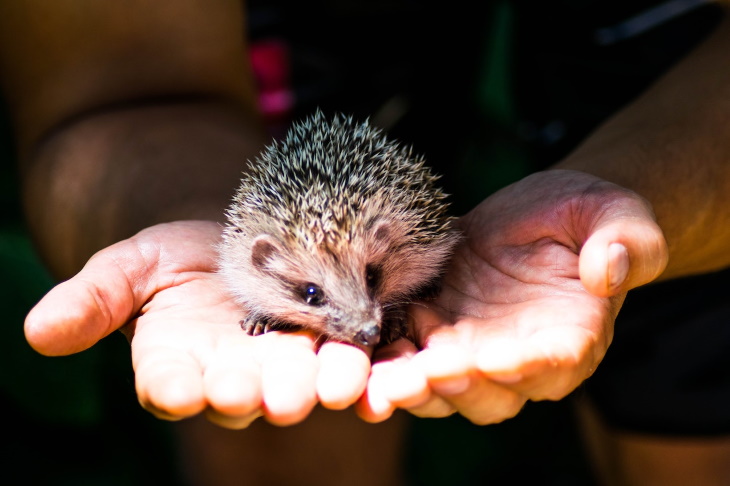
Do you remember the first time you read the word hedgehog? I do, and my childhood brain imagined the hedgehog to be a massive boar-like creature. Bob McKenty pointed out this misnomer with great poetic mastery in this verse:
No matter what their name alleges,
Hedgehogs aren’t hogs or hedges
(Like kindred quadrupeds with spines
Who aren’t porks and aren’t pines).

The term Big Bang was coined by the physicist Fred Hoyle in 1949, and it was in line with the early explosion theories of the origins of the universe. Over time, physicists realized the image of an explosion does not reflect how the universe expanded from an early state of high density and temperature to the contemporary, ever-expanding universe.
In this way, the Big Bang is the biggest misnomer in physics, as it was neither very big nor a bang. In 1993, Sky and Telescope magazine held a competition for a better replacement term. Of the 13,099 suggestions, none were able to supplant the Big Bang. So, we’re stuck with it, at least for now.

Nuts are not the only type of fruit that gets chronically misnamed. Many fruits with -berry in their names don’t match up with the botanical definition of the berry. For example, one of our favorite fruits - the strawberry - is not technically a berry, and neither are raspberries and blackberries. Instead, they are known as aggregate fruit - a type of fruit made up of clusters of tiny seeds in a juicy shell.
Blueberries and avocados, on the other hand, are considered berries. Confusing, we know, but it makes sense botanically speaking because berries are produced from a single seed.

The RAM (or Random Access Memory) of your computer can sometimes refer to both memory and storage. However, in most cases, storage is a different kind of beast. Namely, storage is data on the hard drive. When you run out of storage space on the hard drive, the computer can no longer store new data in the long term.
Meanwhile, RAM gives the computer the ability to carry out several processes and run several programs at the same time. For instance, it allows you to play music and browse your favorite online shop simultaneously instead of just running one app at a time.
Hence, maintaining the distinction between the terms RAM and storage is quite helpful.

Several historic events are misnomers too. Wars are just one of many examples of such confusing naming conventions. Here are a few examples:
But not all conflicts are as inaccurate as these two examples. The Eighty Years' War was a conflict in the Netherlands that lasted precisely eighty years - from 1568 to 1648.
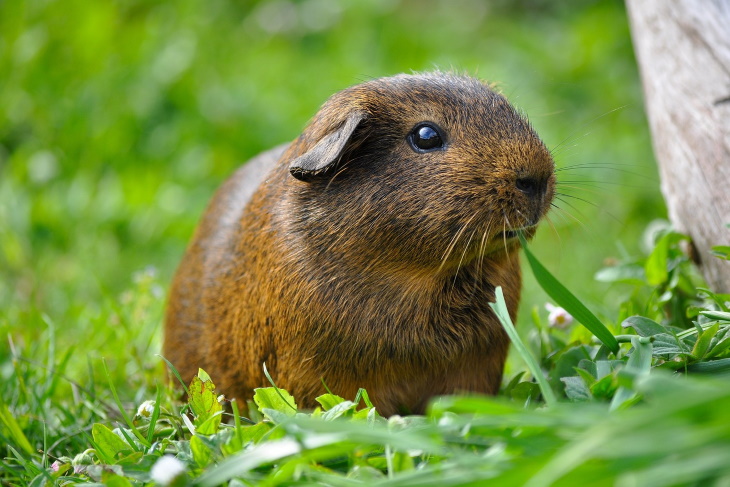
Poor Guinea pigs have a perpetual identity crisis. That’s because these fluffy rodents are neither pigs nor from the Republic of Guinea. These rodents call the Andes mountains of Per home, where they were caught and eaten as a delicacy.
So why the strange name? The first mentions of the term go back to 16th-century England, where one guinea pig could be purchased for 1 guinea. Minted in Great Britain from 1663 to 1814, the guinea was a coin that contained 1/4 ounce of gold. As for the “pig” part, it’s difficult to say where it really comes from.

Let’s briefly go over a few musical misnomers. For instance, both the French horn and the English horn have very little to do with either of the two countries. Both of these musical instruments are versions of the German horn.
But even the German horn is not German. The instrument was invented in England circa 1650 under the name hunting horn. The French would start calling it the German horn, and the name stuck.

Every chocolate bar contains two main ingredients - roasted and ground cacao beans and cocoa butter. The proportion of these two ingredients determines the intensity of the chocolate. The higher the percentage of cacao powder, the more intense and bitter the chocolate. Other ingredients, such as sugar, milk, dried fruit, and nuts can also be added to make milk chocolate or flavored chocolate.
There’s one exception to this rule - the so-called white chocolate. This type of chocolate doesn’t contain cacao powder, only cocoa butter and cream. Therefore, many confectionery experts say that white chocolate isn’t chocolate at all.

The Canary Islands were named after an animal. Do you know what it is?
The answer is tricky, as it’s not the canary bird. The Atlantic archipelago was named after man’s best friend - canines. The Latin name of the Canaries is Canariae Insulae, which is translated literally as “Islands of the Dogs.”
As for canaries, the songbirds got named after the islands. Mind-boggling, we know!

The last mention on our list belongs to the famous math sequence called the Fibonacci Sequence. The main rule of the sequence is that each number in it equals the sum of the two preceding numbers. So, it goes as follows - 1, 1, 2, 3, 5, 8, 13, 21… The sequence is named after the Italian mathematician Leonardo Fibonacci, who lived in the 12th century.
We now know that the sequence was known among Indian scholars several centuries earlier, so Fibonacci couldn’t have been the author of this mathematical rule. In fact, the text where Fibonacci laid out the rules of this sequence was a collection of Hindu-Arabic arithmetic called Liber Abaci. Therefore, Fibonacci probably just collected known rules and principles in a handbook instead of inventing them.
References: Mental Floss, Merriam-Webster, RD, San Diego Union-Tribune, Nacel Open Door